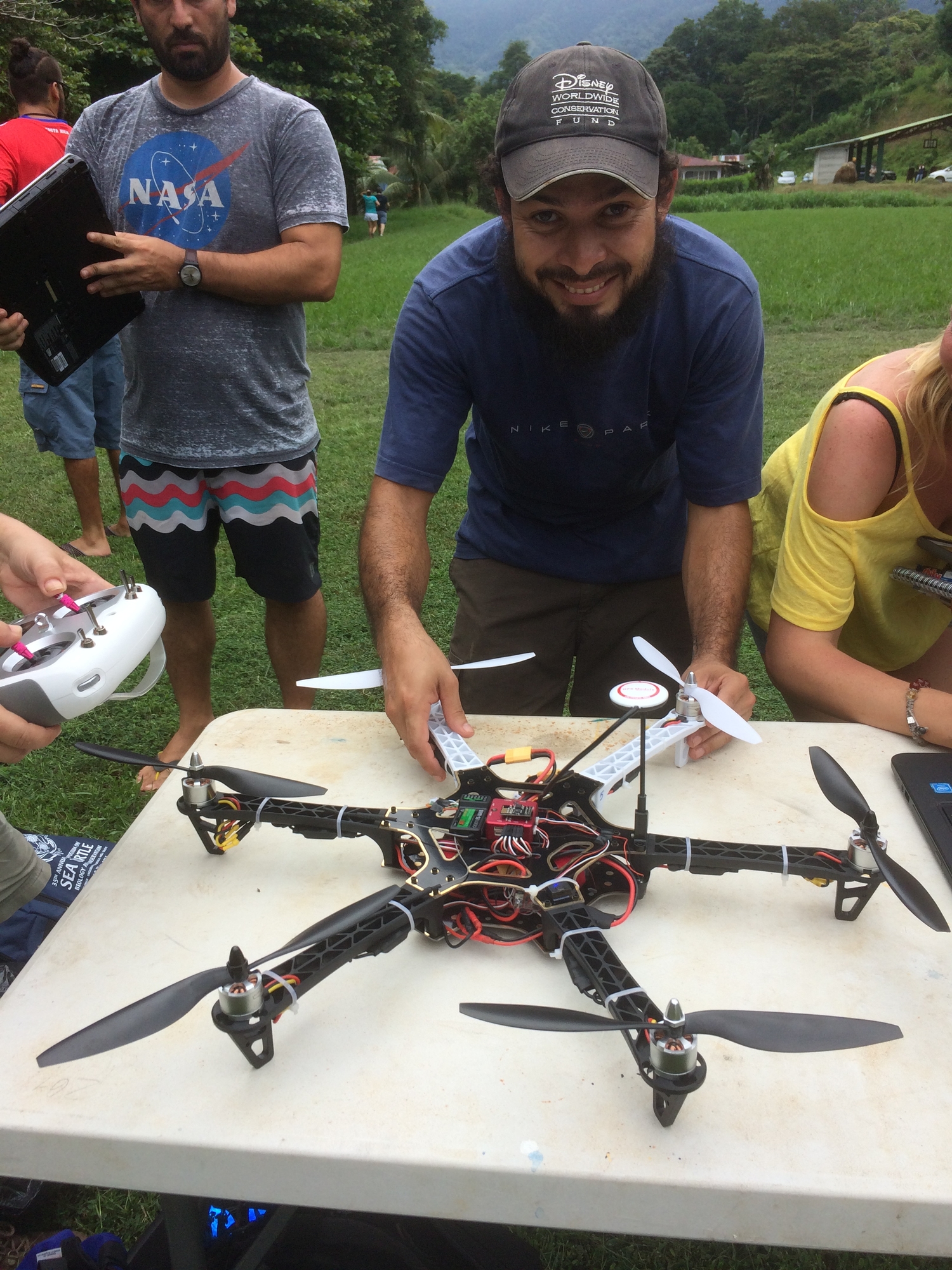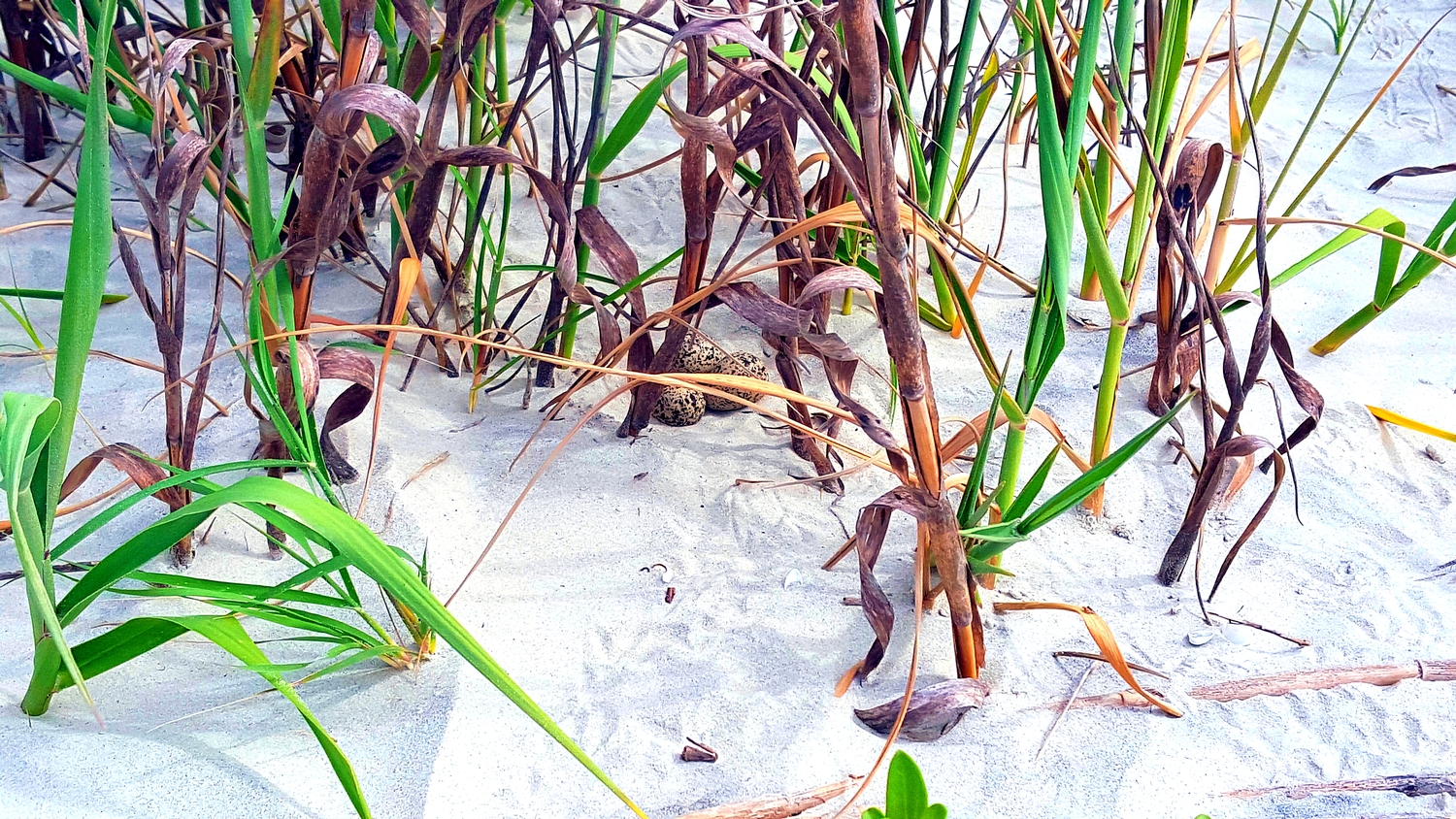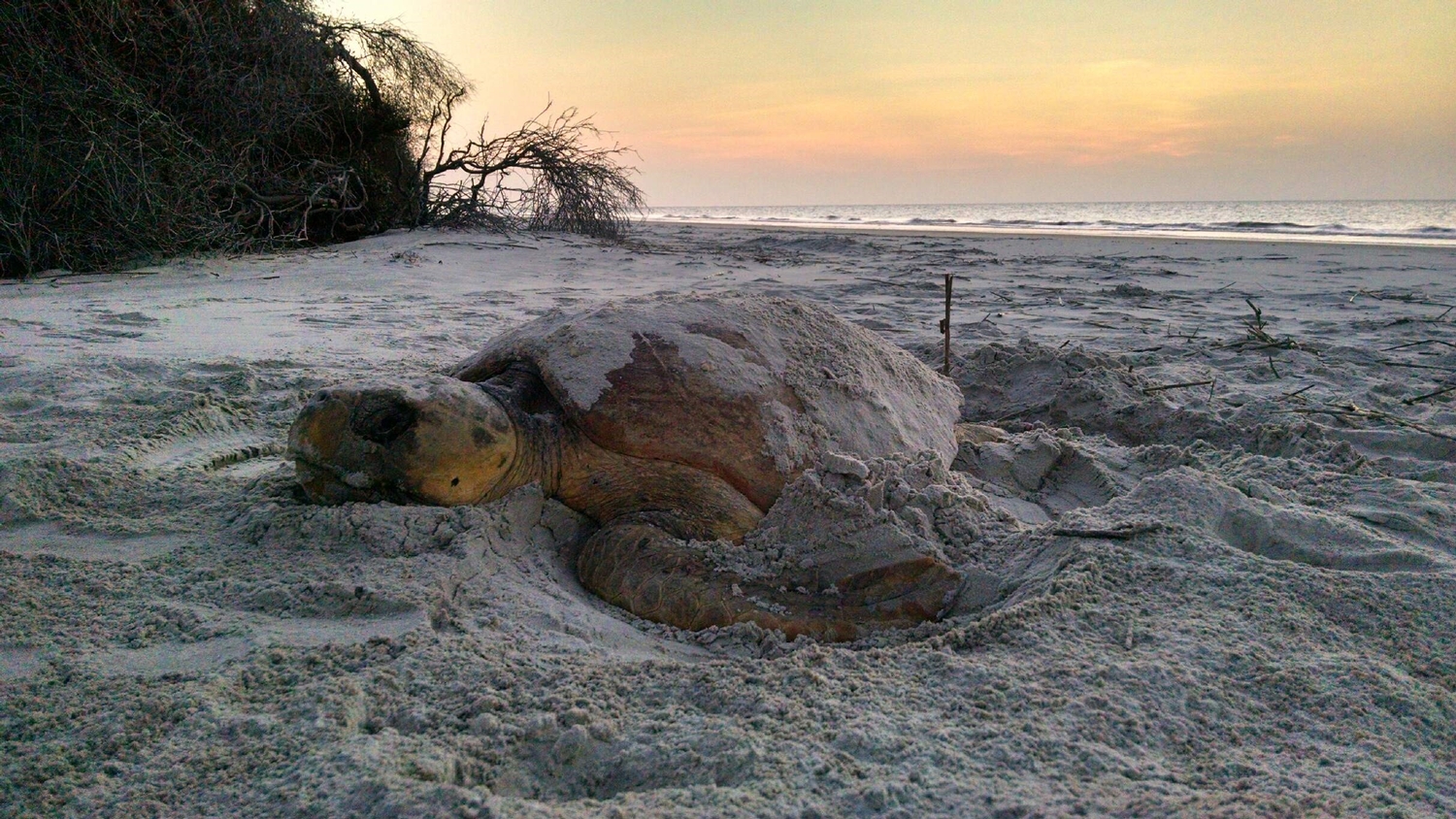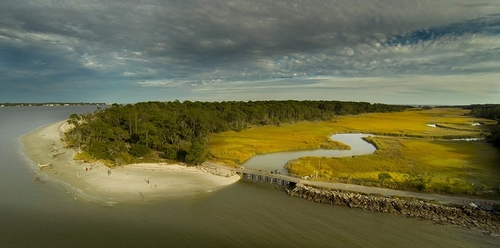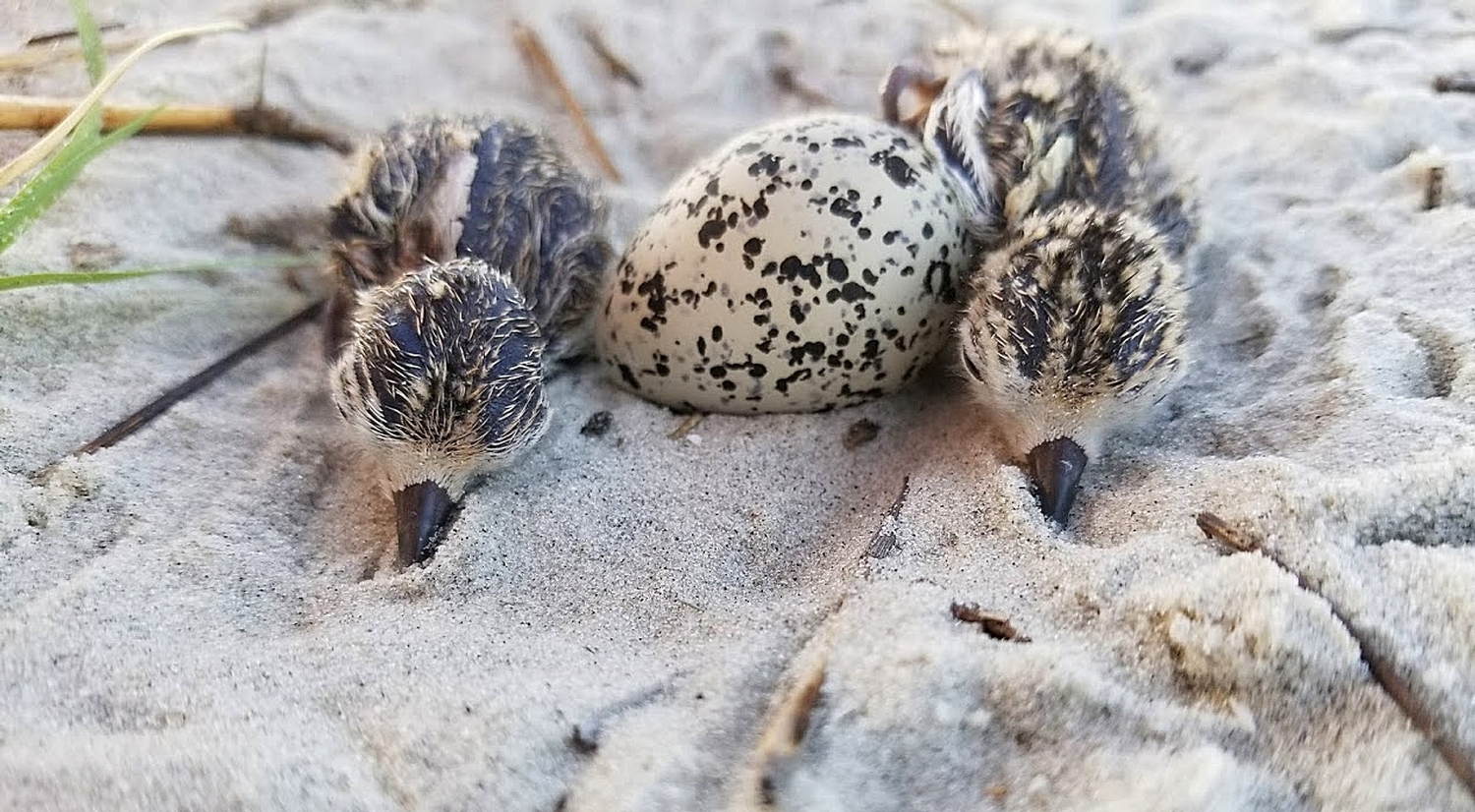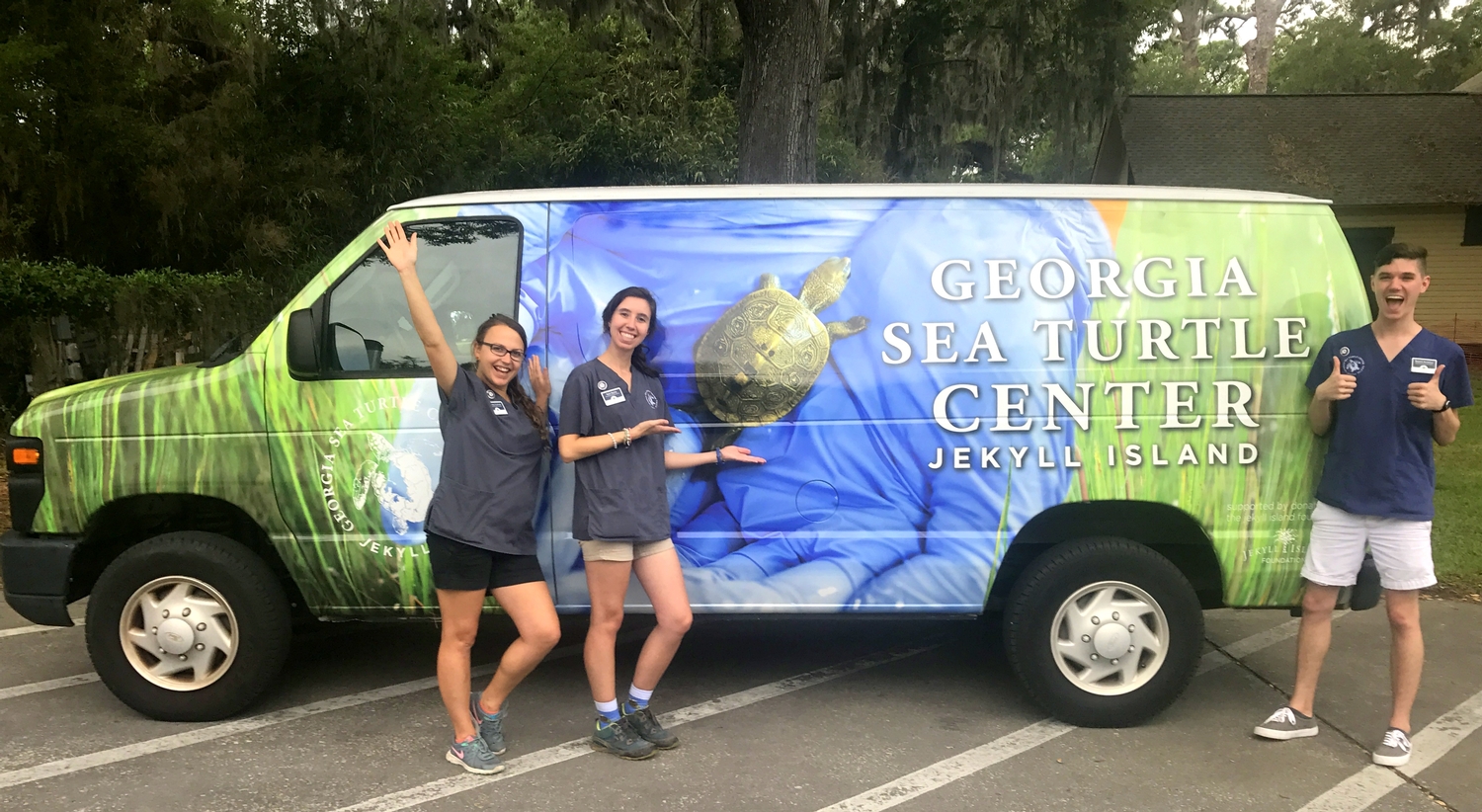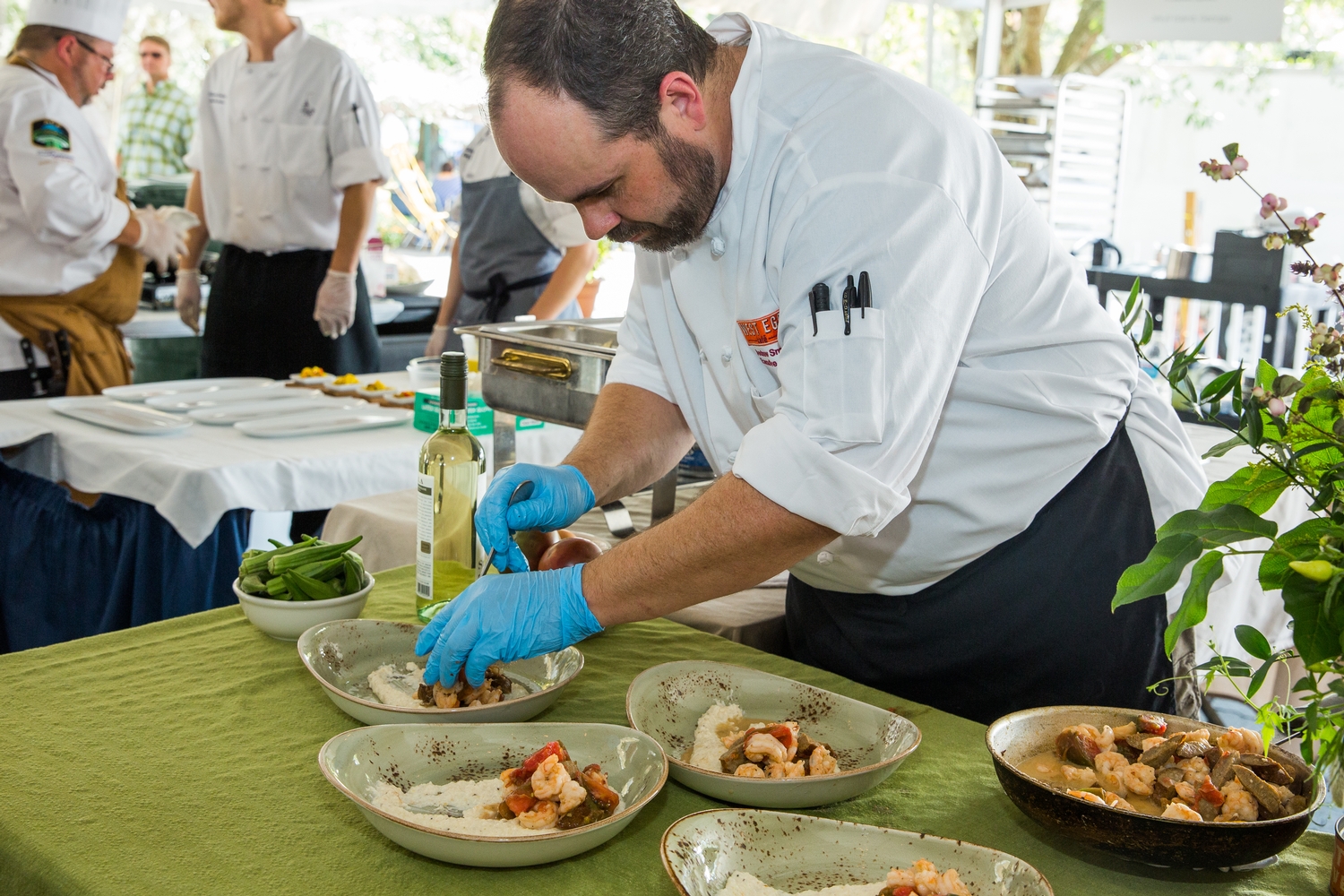Newly Wrapped Vans an Integral Part of 2017 Terrapin Patrol
CONSERVATION – Diamondback Terrapin Research
By Jen Terry, GSTC/AmeriCorps Diamondback Terrapin Husbandry Member
The 2017 diamondback terrapin nesting season officially came to a close on August 1st! From the first terrapin found on April 19th to the last on July 30th, 296 adult female diamondback terrapins were encountered on the Jekyll Island Causeway attempting to nest. Of those 296, 218 individuals were safely worked up and moved off of the road– that’s a save rate of about 74 percent! A total of 155 eggs were collected from females who were unfortunately hit by cars during their attempt to cross the road and placed in our incubators. We are happy to say that over 75 eggs have already successfully hatched!
The 2017 Diamondback Terrapin Road Season could not have run so smoothly without the support from the Jekyll Island Foundation and its donors. The use of a van positively influences Diamondback Terrapin road patrols in two ways: 1) the spacious area allows for efficient work up of animals as well as functions as a holding area for maintenance supplies and 2) the size, flashing lights, and eye-catching wrap on the van alerts drivers of our efforts. The addition of a second van ensured that our patrols on the causeway and the needs of the rest of the rehabilitation team at the Georgia Sea Turtle Center could be accomplished simultaneously and efficiently.

